Three times Biddeford residents have voted against borrowing money to repair City Hall. Now city officials are considering more creative ways to get the work done, even including the possibility of selling the historic building.
City officials say the 122-year-old building needs fire sprinklers, energy-efficient windows and work to stabilize and restore the clock tower. But voters rejected borrowing plans in 2007, 2012 and 2015, when the cost was pegged at $2.27 million.
Options now being considered by the City Council include applying for grants, starting a fundraising campaign, leasing storefront space to raise funds, and selling the building to a private buyer who would lease office space back to the city.
“The city is trying to be more creative in its approach to dealing with the issue. The issue doesn’t go away,” said Mayor Alan Casavant. “Voters over the past few years have declined to invest in City Hall. With that reality, the question is how do we proceed.”
Biddeford City Hall, listed on the National Historic Register, was designed by noted Portland architect John Calvin Stevens. The granite and brick City Hall was built in 1894 to replace one destroyed by fire. In 2014, Maine Preservation added the building’s white clock tower to its annual list of the state’s most endangered properties.
Discussions about the future of City Hall date back to at least 2005. Voters in 2007 rejected a referendum to fix the clock tower, which had some cosmetic repairs done in the 1980s. After that vote, the city spent $250,000 for short-term stabilization work because rotting debris was falling from the tower and water was leaking into the building. The issue made its way back onto the ballot in 2012, when voters rejected a $3 million bond for building repairs, including to the clock tower. They again said no to fixing the building when they rejected a $2.27 million bond last November.
The most recent bond proposal would have allowed the city to repair the clock tower, repoint brickwork, install fire sprinklers and new windows, and make other repairs to the building.
The mayor and other city officials say the highest priority is adding fire sprinklers to the building, but the most visible work that needs to be done is to the clock tower. Over the years, pieces of the tower have fallen to the sidewalk below and are now stacked inside City Hall. The clock stopped working two years ago. Phil Radding, facilities director for the city, said the city no longer has an accurate estimate to repair the clock tower because it has continued to deteriorate.
“The problem is every time you defer (the repairs), the costs go up,” he said. He outlined the issues at City Hall and options to address them during a Feb. 2 presentation to the City Council.
The city estimates it will cost $175,000 to add fire sprinklers and another $35,000 to upgrade the fire alarm system, which has to be done at the same time. City councilors are likely to consider paying for those upgrades out of the municipal budget. Radding said it is possible they could also decide to pay for new windows the same way, but does not know the cost to replace them. The windows were last replaced in the 1970s and leak both water and air.
“In some cases if you go to unlock a window, the top falls down like a guillotine. You have to hold them open with a stick,” Radding said. Several years ago, he said, a city councilor nearly lost his fingers when a window in council chambers slammed down. A sign now hangs on that window warning people against opening it.
Over the next several months, city officials will examine a number of ways to pay for the projects, but a final decision will be up to the City Council. Radding said the decision could come as soon as May or June.
LOOKING FOR A FIX
One option – which Radding says would be the most controversial and least likely to happen – is to sell City Hall to a private entity that could leverage tax credits or other funding not available to cities. The city could then create a leaseback to retain control of the building. He likened that type of arrangement to a mortgage.
That approach hasn’t been used by any community in Maine. But in 2013, the city council in Glendale, Arizona, considered a lease-purchase agreement of up to $30 million for its City Hall complex as a way to help pay subsidies connected to the Phoenix Coyotes hockey team. The city did not move forward with that plan.
“I think what most people understand is (renovations of) old buildings – mill buildings in particular – are able to come to fruition because of tax credits we can’t take advantage of,” Councilor Michael Ready said during the Feb. 2 City Council meeting. “If there’s a way we can set it up so we can take advantage of those credits, I’d be all in favor of that.”
Radding said one option is to go to voters again with a borrowing proposal that also includes money for renovations in the schools or at Waterhouse Field. The city is also exploring the idea of starting a capital fundraising committee to raise private money for the renovation. Radding said Presque Isle went a similar route to raise $3.5 million for a community center.
Radding, along with the city’s grant writer, will look for possible state grants that could pay for some aspects of the project, such as new windows or fire sprinklers. Those types of grants usually require matching funds, which could come from the capital campaign, he said.
Greg Paxton, executive director of Maine Preservation, said most communities in Maine invest in and maintain their city halls. He said it “makes sense” to maintain a significant building designed by the state’s most notable architect, especially at a time when other buildings in downtown Biddeford are being rehabilitated.
“Biddeford is a leader in the state in demonstrating historic preservation is a key catalyst for downtown revitalization,” Paxton said. “It’s important for folks considering investing in town to see that there is civic interest in maintaining such an iconic historic building.”
Casavant said he believes the city will end up with a hybrid of the various options being considered. He would also like to explore the idea of renting some or all of the four street-level storefront spaces in City Hall to generate revenue to pay for the projects. The storefronts, now used for offices, once housed businesses such as clothing stores.
“As Main Street becomes more vibrant, there will be pressure for additional space,” Casavant said. “I think those storefronts will be valuable at that juncture.”
Casavant said he believes the time has come for the city to invest in its City Hall, especially as nearby buildings on Main Street and in the mill district are being renovated for stores, restaurants and a hotel.
“The people who lived in 1895 wanted to invest their nickels and dimes in that building as a source of pride,” he said. “Here we are in 2016 and we’re being called on to do the same thing. It’s a source of pride and symbolic of the community as a whole.”
Send questions/comments to the editors.


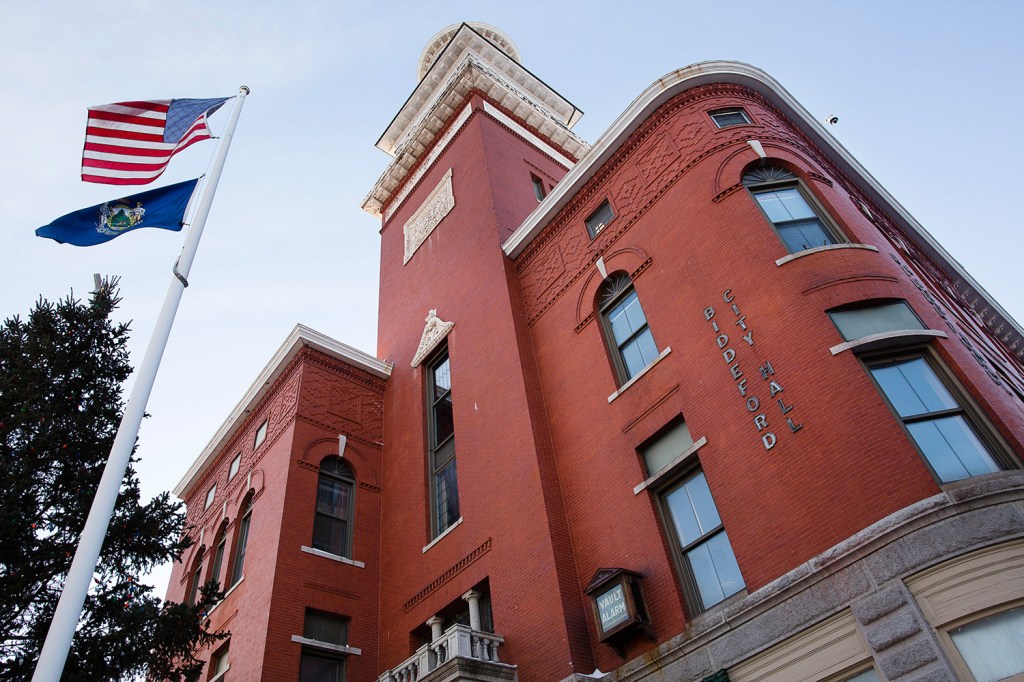
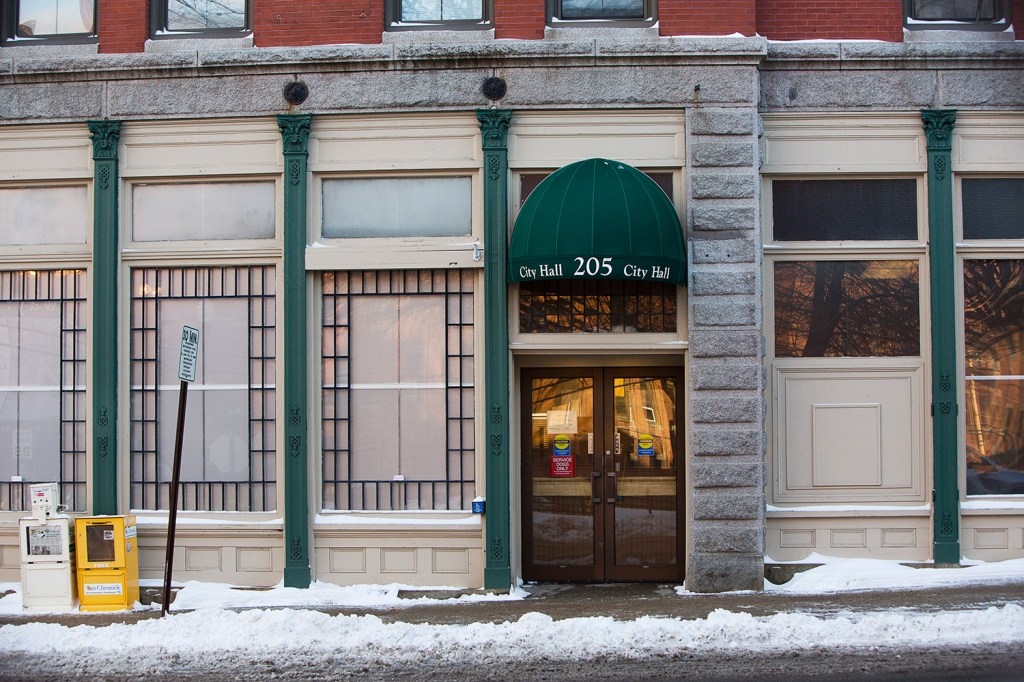
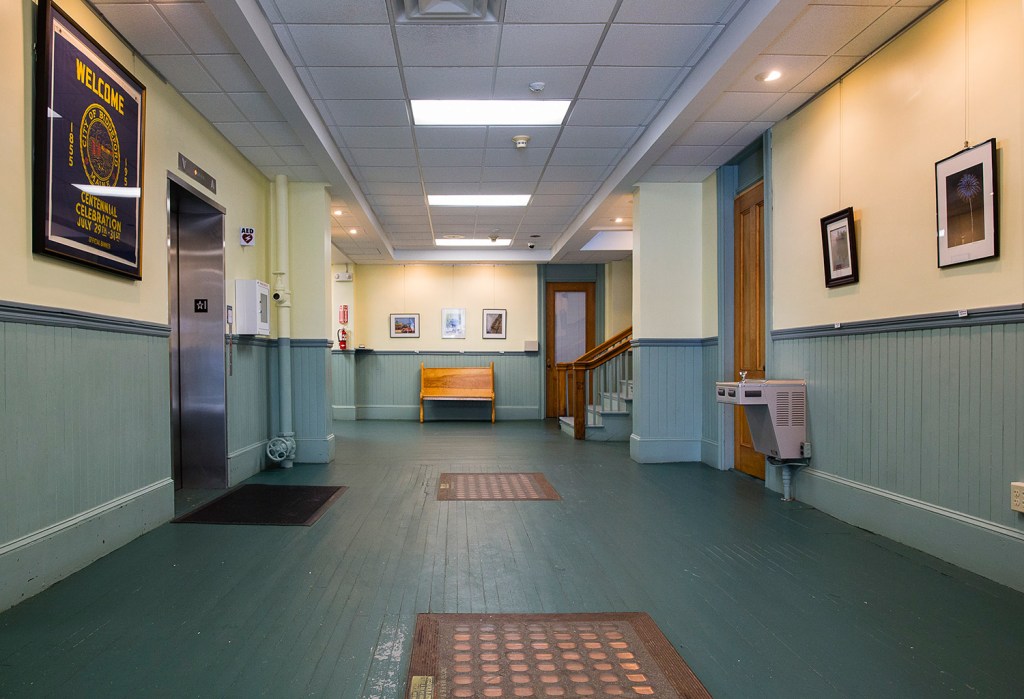
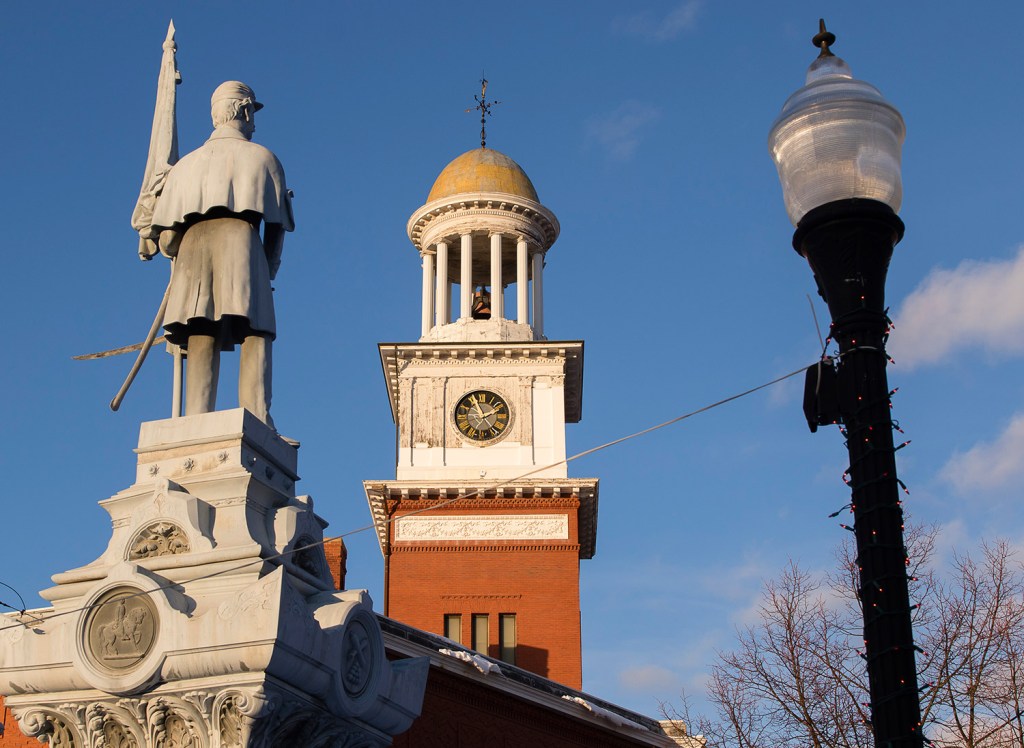
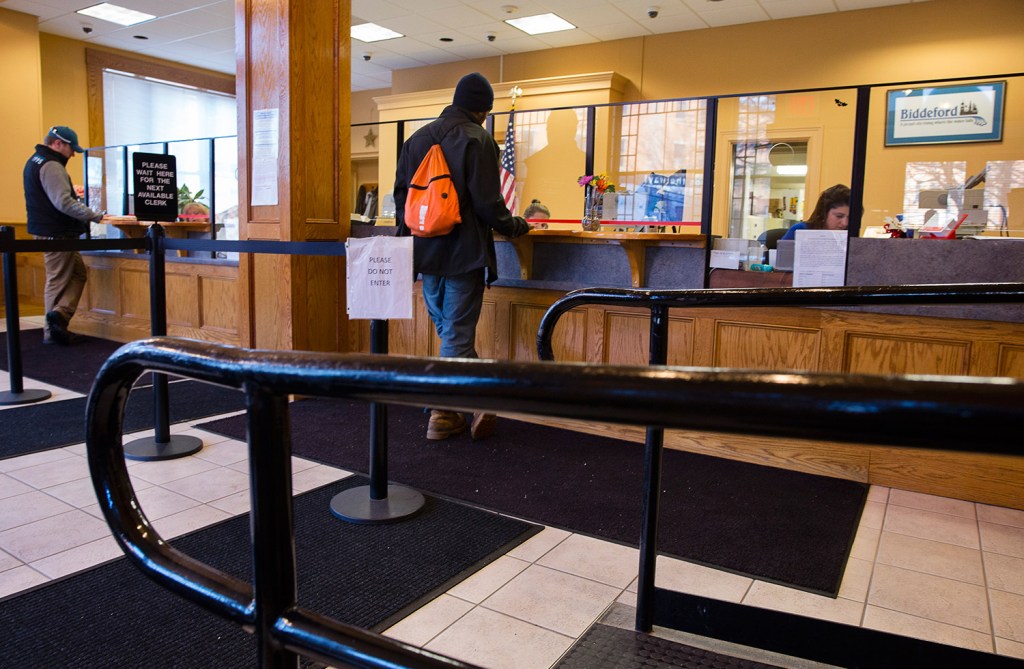
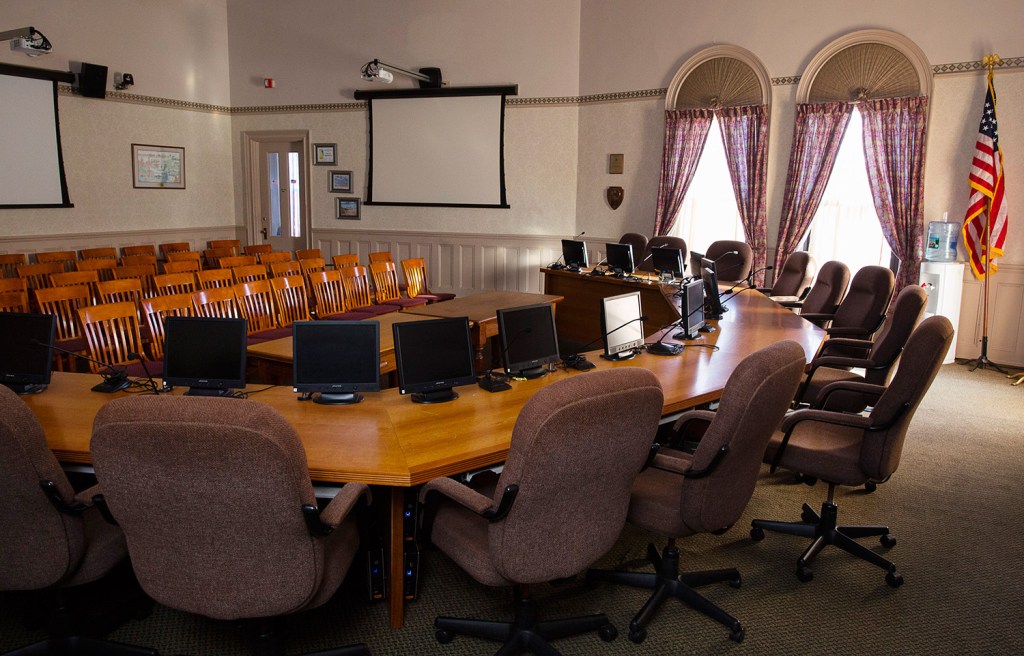
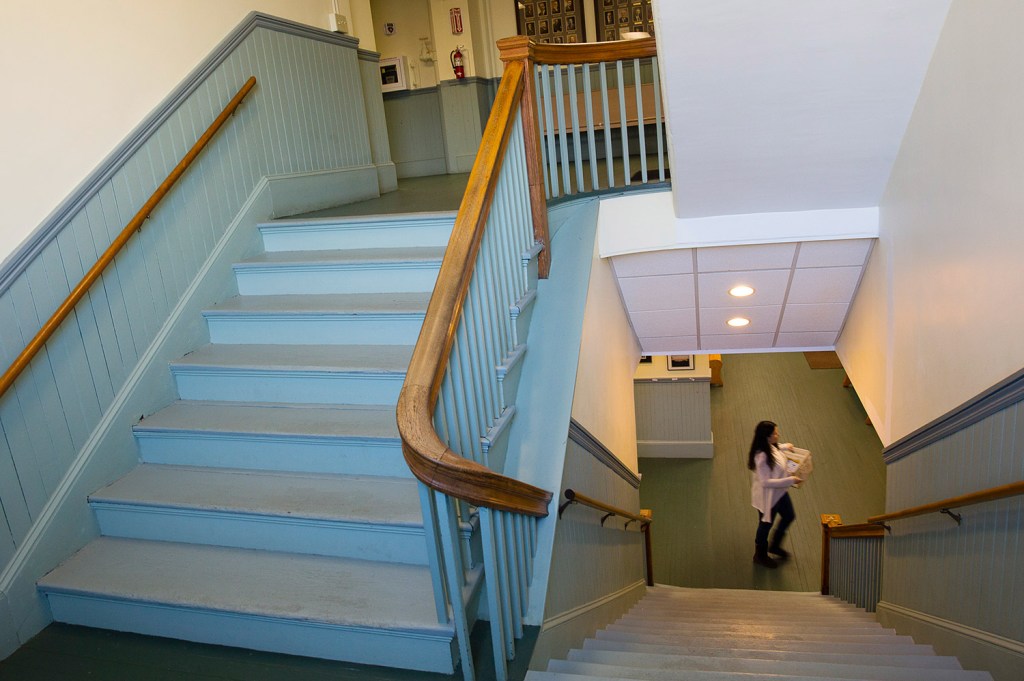
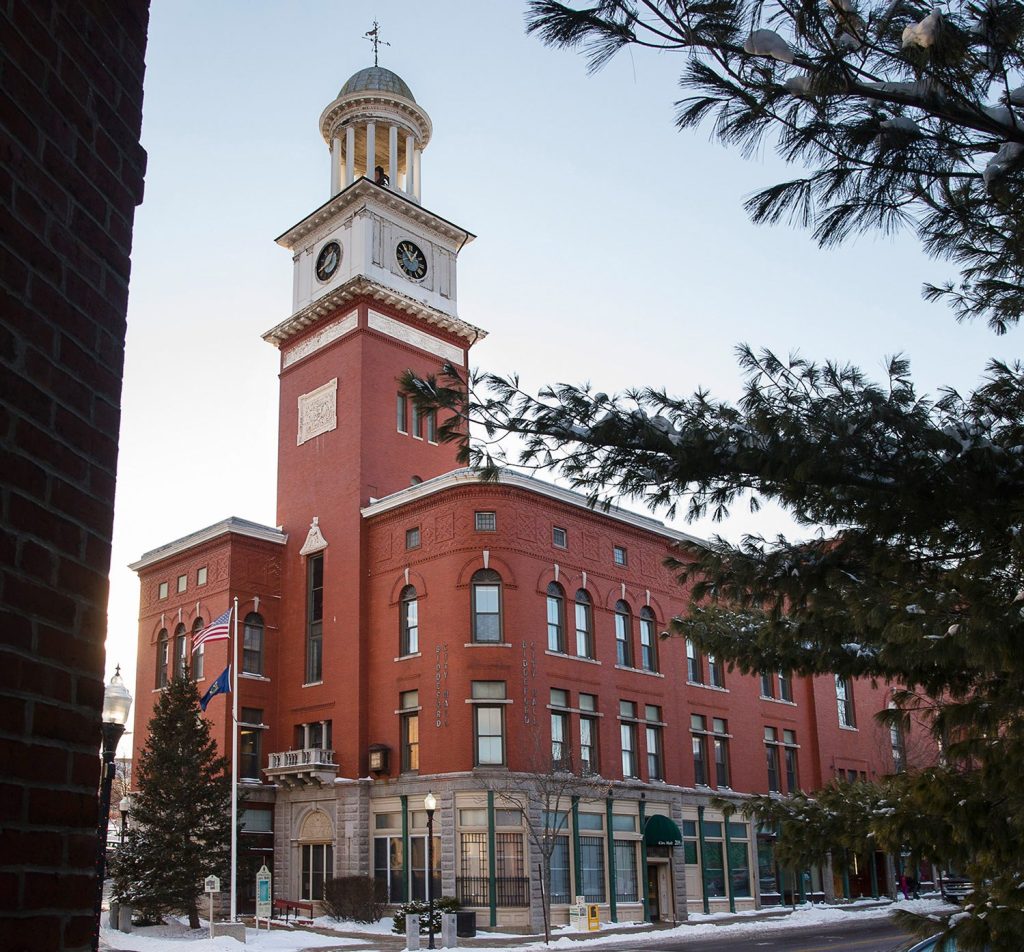

Success. Please wait for the page to reload. If the page does not reload within 5 seconds, please refresh the page.
Enter your email and password to access comments.
Hi, to comment on stories you must . This profile is in addition to your subscription and website login.
Already have a commenting profile? .
Invalid username/password.
Please check your email to confirm and complete your registration.
Only subscribers are eligible to post comments. Please subscribe or login first for digital access. Here’s why.
Use the form below to reset your password. When you've submitted your account email, we will send an email with a reset code.